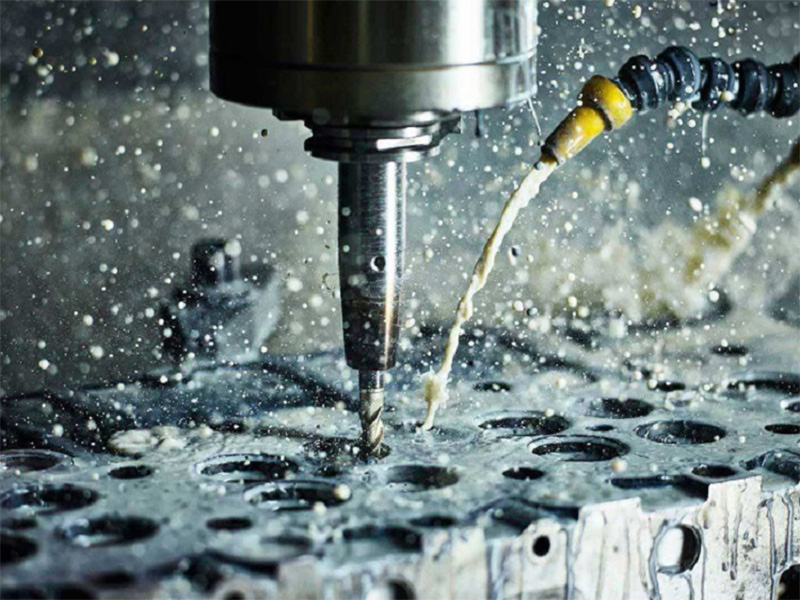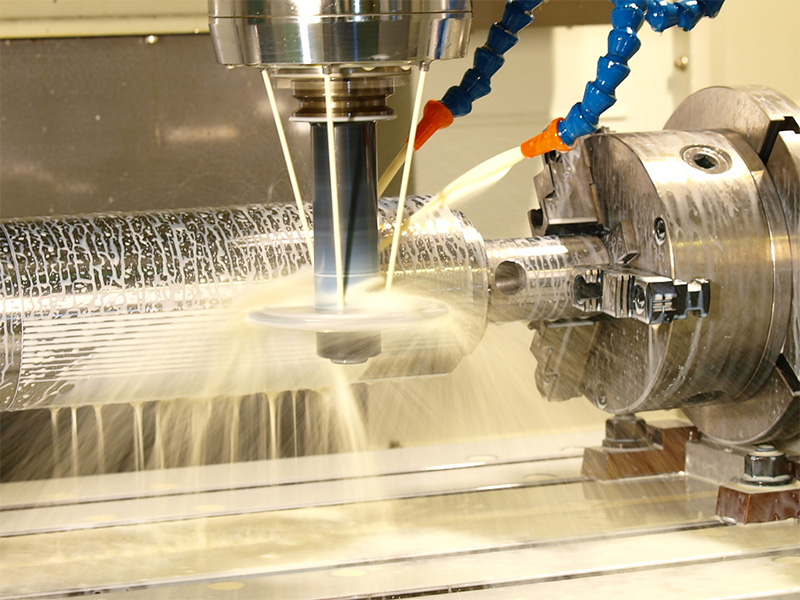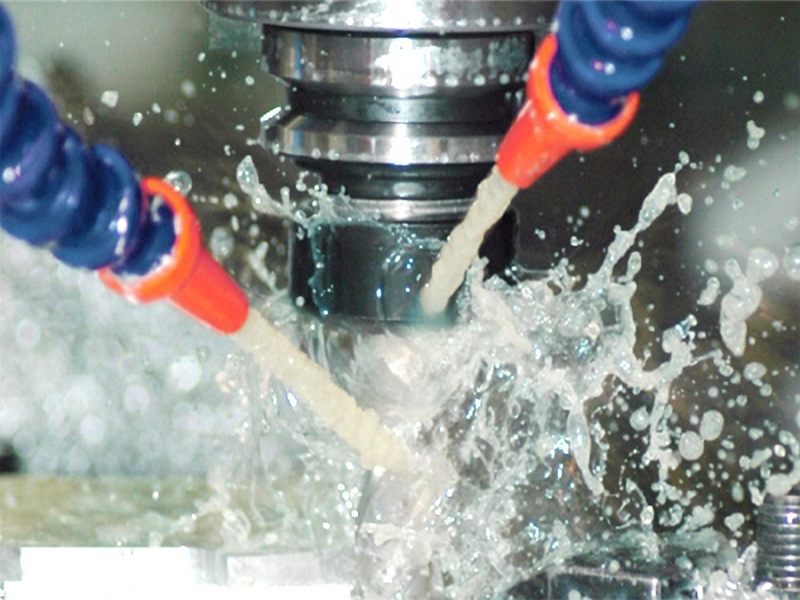

Previously we talked about the lubrication of oil-based cutting fluid is better, and the cooling of water-based cutting fluid is better. Oil-based cutting fluid is easy to produce smoke and catch fire at high temperature. Water – based cutting fluid is susceptible to bacterial corruption, short service life and easy to rust. In practice, the quality of metal working parts can be guaranteed by regularly monitoring the state of different types of cutting fluids. What are the quality control programs for cutting fluids?

The main quality control indexes of oil-based cutting fluid (referred to as cutting oil) include viscosity, flash point, pour point, fat content, sulfur content, chlorine content, copper corrosion, moisture, mechanical impurities, four-ball test, etc. As for the determination method, reference can be made to the relevant test method standards. Only a brief description of some items is given here.
Fat is the oil additive in cutting oil, and it is an important index to classify cutting oil. Fat in the cutting oil can play a role in reducing the friction coefficient and tool wear (to prevent the wear of the back tool surface is particularly effective). The cutting oil with more fat is especially suitable for non-ferrous metal processing and the cutting amount is not large but the product precision and finish requirements of the occasion (such as fine turning screw). Saponification value can be used to judge its adipose content roughly generally. If the fat content in cutting oil is too high or its quality control is improper, it is easy to form viscous substances on the machine, resulting in inflexibility of movement of parts. In serious cases, it will become paint film, which is called “wearing yellow robe”.
Chlorine in cutting oil mainly comes from extreme pressure agent containing chlorine. Chlorine needs to be present at high concentrations (greater than 1%) to be effective at extreme pressures. If chlorine content is less than 1%, it can be considered not to improve lubricity. The chlorine content of the general chlorine-containing extreme pressure cutting oil is above 4%, and the highest can reach 30% ~ 40%. However, for the consideration of occupational health and environmental protection, some countries have made regulations on the maximum content of chlorine in cutting oil, such as JIS in Japan, chlorine content shall not exceed 15%. Chlorine is very effective in the processing of stainless steel and in drawing forming. Its disadvantage is that it is not stable enough. When it meets water or temperature is too high, it will decompose into HCl and cause corrosion and rust.
Sulphur in cutting oils comes from two sources. One is the addition of sulfur-containing extreme pressure agent, the other is from other sulfur-containing compounds without extreme pressure effect, such as the original natural sulfide in base oil and rust inhibitors, antioxidants and so on. Effective sulfur requires only a very low content (0.1%) to produce a significant extreme pressure effect. Sulfur-containing extreme pressure agents are particularly effective in inhibiting clastic nodules, but unfortunately there is no simple way to distinguish between extreme pressure sulfur and non-extreme pressure sulfur. Therefore, it is difficult to judge how extreme pressure is based only on sulfur content (especially when sulfur content is not high). However, most cutting fluid manufacturers have indicated the sulfur content of extreme pressure agent in their product specifications.
The method of determination is the copper plate method. The magnitude of the corrosion activity is expressed as a series, grade 1 ~ 2 is low activity or inactive, and grade 3 ~ 4 is high activity. The larger the series, the stronger the corrosion activity. Copper is very sensitive to sulfur, this method can be used to determine whether the cutting oil contains sulfur extreme pressure agent and the activity of extreme pressure agent (note: this method can not determine how much sulfur agent). This item is also an important index to divide the cutting oil category.
Maximum load without clamping can be determined. This method can be used to roughly judge the extreme pressure of cutting oil, especially with the combined analysis of sulfur, chlorine content and copper corrosion, its lubricity can have a more comprehensive understanding. However, it should be emphasized that the extreme pressure given by the four-ball test is only the evaluation results under standard conditions, and there is no strict relationship between the results and the cutting performance.

Water-based cutting fluid in the application is to add water dilution, its test items can also be divided into direct determination and water determination of two parts. Directly determined items include storage stability, sulfur and chlorine content, non-volatile components, etc. After adding water to determine the items have surface tension, pH value, bubbling, rust resistance, corrosion, adaptability to paint, salt allowance, antibacterial and so on. Most of these projects have a clear meaning, and only a few are described below.
Storage stability
Although the concentrate of water-based cutting fluid appears to be uniformly liquid, it is in fact mostly colloidal and contains considerable water. After long-term storage and temperature fluctuations, if the formula is not appropriate, it is easy to precipitate, stratification and other phenomena and is often irrecoverable. So this is an important test.
Nonvolatile component
Water – based cutting fluid concentrates contain moisture and this item is used to determine the active component content.
Salt allowance
This test is used to know whether the cutting fluid can be prepared with tap water with high chlorine content.

Surface tension
In most cases, liquids with low surface tension are easy to unfold on solid surfaces, so quite a number of people regard surface tension as a measure of cutting fluid permeability. But strictly speaking, there is no direct correlation between the two. Permeability is a more nebulous concept and seems to be more closely related to wettability and fluidity (viscosity). The surface tension can be used to determine whether there is surfactant in the cutting fluid. Because a small amount of surfactant can make water surface tension greatly reduced. In addition, less surface tension is not always better. Too little surface tension can sometimes have other side effects.
The antibacterial test
Water-based liquid, especially emulsion, is prone to bacterial corruption, so antibacterial ability is an important performance index, but in the past, it has not been paid attention to in China, and has not been used as a quality index of water-based liquid. Now there are a few simple and simple determination methods abroad, conditional units should be applied as far as possible.

For Further Details,Please Feel Free To Contact Us: